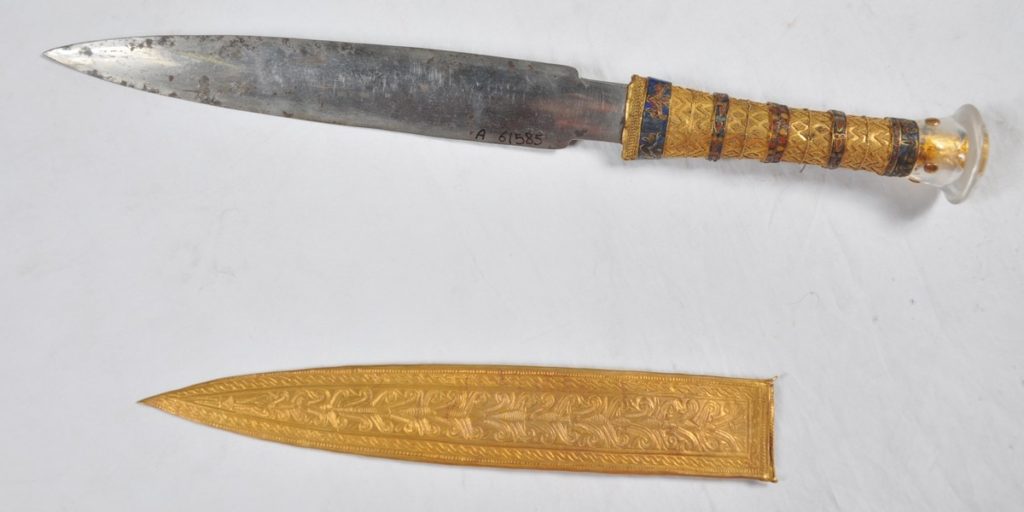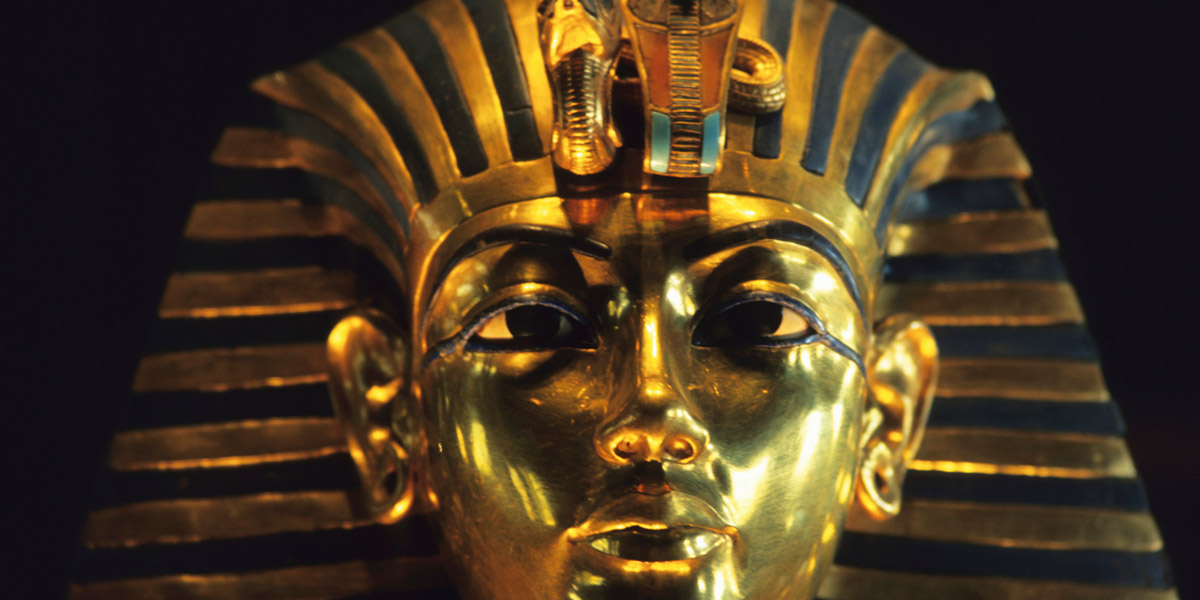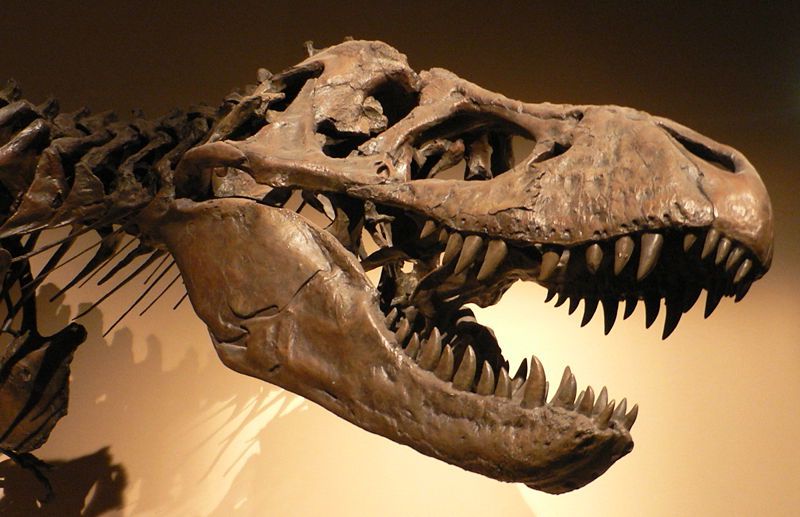The dagger that was found buried alongside the famous young pharaoh has been found to be much more valuable than originally believed.
Using what is known as x-ray fluorescence spectrometry, researchers from Milan Polytechnic, Pisa University and the Egyptian Museum in Cairo have determined that the iron in the dagger contains a high percentage of nickel as well as other materials which are typically found in meteorites.
Further to this, the researchers were even able to track down the meteorite that the blade was forged from – a meteor which was discovered 16 years ago named Kharga, found in a limestone plateau at Mersa Matruh.
The discovery suggests that the meteors substance would have been considered highly valuable in ancient Egypt, and further highlights the skill and craftmanship of the smiths who forged it.
“It would be very interesting to analyze more pre-Iron Age artifacts, such as other iron objects found in King Tut’s tomb,” said study author Daniela Comelli. “We could gain precious insights into metal working technologies in ancient Egypt and the Mediterranean.”
“We took into consideration all meteorites found within an area of 2,000 km in radius centered in the Red Sea, and we ended up with 20 iron meteorites,” Comelli said.
“Only one, named Kharga, turned out to have nickel and cobalt contents which are possibly consistent with the composition of the blade,”






